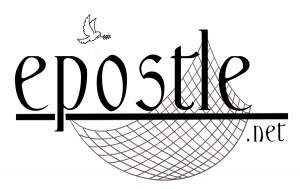Advent 4-50: Meekness, the Key to Gratitude
Advent Day 4 of 50: Meekness, the Key to Gratitude
Meekness is often equated with weakness. This is certainly far from the truth, for Jesus says, “Blessed are the meek, for they shall inherit the earth.” Obviously, not a prize for the weak. In Jesus day, meekness meant control over oneself. In the New Testament, meekness means, “power under control.” Horses exemplify power. We gauge the speed of cars by referring to horsepower. When a horse is harnessed and tamed, it is brought under control. This does not make the horse a wimpy animal, instead its power is focused and therefore channeled.
The blessing offered by Jesus is upon those who have taken control of themselves, through discipline and direction. Meekness is a way of saying we have lost (or are losing) the ego. which skews our perception and prevents us from finding true fulfillment in life. We are taught to “believe in yourself,” while Jesus teaches, “Believe in me.” We hear, “Strive to be number one,” while Jesus says, “The last shall be first and the first shall be last.” We learn that the game-plan is “Winning isn’t everything; it’s the only thing.” Jesus says “He who finds his life will lose it, and he who loses his life for My sake will find it.” And of course we know the way of the world is, “Don’t get mad, get even.” Jesus says, “Love your enemies and pray for those who persecute you.”
In all these examples, the focused and controlled soul is the one that finds true success. Like the wild horse, we are not losing strength, only channeling it.
Everyone, in whatever arena, whether sports figure or surgeon, musician or architect, laborer or employer, finds success through discipline and control.
As the Advent season is beginning, our perception of Christmas is beginning to take form. We are led by the bright Christmas star. God who is revealed and lives among us has invited us to join in the celebration. Our first steps begin in a spirit of meekness, losing the self, controlling the power within, and acknowledging our reliance on God. And here, we find feelings of gratitude and thanksgiving.
In America we have a special day set aside for Thanksgiving. When approached in a spirt of meekness, thanksgiving becomes an art. We find sincerity in that act of gratitude because with the ego out of the way, we channel our attention to the Divine, for we understand that everything and all is from God.
Today we hear the prayer of the Pilgrims on that first Thanksgiving, after enduring the hardships of life in the new world. O Lord our God and heavenly Father, which of Thy unspeakable mercy towards us, hast provided meat and drink for the nourishment of our bodies. Grant us peace to use them reverently, as from Thy hands, with thankful hearts: let Thy blessing rest upon these Thy good creatures, to our comfort and sustentation: and grant we humbly beseech Thee, good Lord, that as we do hunger and thirst for this food of our bodies, so our souls may earnestly long after the food of eternal life, through Jesus Christ, our Lord and Savior, Amen.
Cover: Luna & Gregory Beylerian for Epostle.net


